A History of the World Cup
A History of the World Cup
19302014
Clemente Angelo Lisi
ROWMAN & LITTLEFIELD
Lanham Boulder New York London
Published by Rowman & Littlefield
A wholly owned subsidiary of The Rowman & Littlefield Publishing Group, Inc.
4501 Forbes Boulevard, Suite 200, Lanham, Maryland 20706
www.rowman.com
Unit A, Whitacre Mews, 26-34 Stannary Street, London SE11 4AB
Copyright 2015 by Clemente Angelo Lisi
All rights reserved . No part of this book may be reproduced in any form or by any electronic or mechanical means, including information storage and retrieval systems, without written permission from the publisher, except by a reviewer who may quote passages in a review.
British Library Cataloguing in Publication Information Available
Library of Congress Cataloging-in-Publication Data
Lisi, Clemente Angelo, 1975
The history of the World Cup, 1930-2014 / Clemente Angelo Lisi.
pages cm
Includes bibliographical references and index.
ISBN 978-1-4422-4572-3 (pbk. : alk. paper) ISBN 978-1-4422-4573-0 (ebook)
1. World Cup (Soccer)History. 2. SoccerHistory. I. Title.
GV943.49.L573 2015
796.33466809dc232014046892
 The paper used in this publication meets the minimum requirements of American National Standard for Information SciencesPermanence of Paper for Printed Library Materials, ANSI/NISO Z39.48-1992.
The paper used in this publication meets the minimum requirements of American National Standard for Information SciencesPermanence of Paper for Printed Library Materials, ANSI/NISO Z39.48-1992.
Printed in the United States of America
To my family for all their love and support
Contents
Foreword
Bruce Murray
I have achieved a lot during my playing career. I won two NCAA titles with Clemson, played with Millwall in England, and was inducted into the National Soccer Hall of Fame. Only 18 when I made my U.S. senior national team debut, I was still in college when I was called up to start against England in a friendly game at the Los Angeles Coliseum. We lost 50, but for me it was the beginning of a stellar career. Playing for the United States always filled me with great pridewhether it was the Olympics, Copa America, or Gold Cup. It is something I will carry with me for the rest of my life.
One of the biggest highlights, of course, was playing at the World Cup. Just qualifying for the 1990 World Cupthe only one I ever played inwould have been enough. I was part of the first U.S. team to do so in 40 years. It was a truly monumental feat. The national team was just starting to come into its own during the late 1980s. I was very lucky to have been a part of that historic run. I played with some of the greatest players in American soccer historyTony Meola, John Harkes, Tab Ramos, and Peter Vermes, just to name a few. All are considered pioneers of the sport, helping the game grow throughout the 1990s.
I also had the unique experience of playing with the previous generation, players like Ricky Davis, Kevin Crow, and Arnie Mausser as well as players who gained popularity afterward at the 1994 World Cup such as Cobi Jones, Alexi Lalas, Thomas Dooley, and Earnie Stewart. I served as a bridge between two generations of American playersall very important to the development and growth of soccer in the United States.
With the 1990 World Cup approaching and the 1994 tournament (played on American soil) on the horizon, we were under a lot of pressure to qualify for Italia 90. Bob Gansler, our coach at the time, went with college players over the old pros of the time. He gambledand it paid off. We faltered at the start but were able to pull it out in the final game against Trinidad & Tobago. I will never forget Paul Caligiuris now-epic goal and how it silenced the crowd in Port-of-Spain that November afternoon in 1989. We finally showed everyone that we were legitimate and proved it on the field. As far as I am concerned, the regionindeed, the worldwas put on alert. Nowadays, the United States qualifies for the World Cup with ease and regularly gets into the knockout phase.
At the time, however, things were very different. Seven months after we had qualified, no one expected much from us once we got to Italy. These were the days before Major League Soccer, social media, and wall-to-wall television coverage. Soccer was still on the sidelines of the American sports landscape, relegated mostly to Spanish-language television and ethnic neighborhoods across the country. The game had not entered the living rooms of most Americans. Despite that, there were Americans in the stands when we took on Czechoslovakia in Florence in our first game. The result, a 51 loss, was highlighted by a Caligiuri goal. In our second game against Italy, at Romes Olympic Stadium, we were greeted by thousands of flag-waving Italians. We lost only 10, but Vermess shot that failed to go in could have changed the outcome. The World Cup is made up of many great moments and, as I learned, even more what-ifs. I even scored a goal at that tournament (one of 21 career goals for the United States in full international matches) during our final group game against Austria in Florence. Of course, I am proud of the other 20 goals I scored in a U.S. jersey in exhibition matches against club teams. At the time, the U.S. played against many foreign clubs, and I was fortunate enough to have scored against Italian teams such as Roma and Fiorentina, as well as Sheffield Wednesday of England. Despite that goal against Austria, we still lost 21 and finished the tournament 03. Nonetheless, we went home with our heads held high.
The World Cup is filled with great moments and story lines. Soccer in generaland the World Cup in particularis about bringing together people of different races and cultures. I experienced this competition both firsthand as a participant and years later as a fan. This book does a wonderful job of highlighting those many momentsputting them into context and creating a detailed timeline for future generations to enjoy.
Soccer in the United States has grown immensely over the past three decades. This book is a fantastic way for fans, both old and new, to immerse themselves in the World Cup. It is a reference book every fan should have.
Bruce Murray was a professional soccer player from 1988 to 1995. He was an attacking midfielder/striker who played for the United States 86 times and scored 21 goals. He played in both Europe and domestically in the American Soccer League, American Professional Soccer League, and A-League. He was also a member of the U.S. team that placed third at the 1989 FIFA Futsal World Championship. Murray was inducted into the National Soccer Hall of Fame in 2011. He currently coaches the Bethesda Soccer Club in Maryland.
Acknowledgments
A project of this magnitude requires a lot of help along the way. I would like to thank the many journalists whose articles and books provided me with information on past World Cups. I also want to thank those who helped make this book possible, including my wife, Kate, for all her patience and for dealing with my absence in the summer of 2014 so I could travel to Brazil for the World Cup. I would also like to thank my parents, Franco and Rachele, and my sister, Paola, for their words of encouragement. A special thanks goes to J Hutcherson at USSoccerPlayers.com for giving me a place to write about the worlds greatest game. I would also like to thank my editors over this books many editions, from Stephen Ryan to Kellie Hagan to Christen Karniski, along with everyone at Rowman & Littlefield, for believing in this books updated edition and helping to make it a reality. I would also like to extend my gratitude to all the players and coaches who gave their time so I could compile this extraordinary story. My gratitude also goes to FIFA for providing me with official game reports and access to video and photographs. Finally, I want to offer my special thanks to former U.S. star Bruce Murray for writing the foreword. His experiences and knowledge of the game added credibility to this book.
Next page
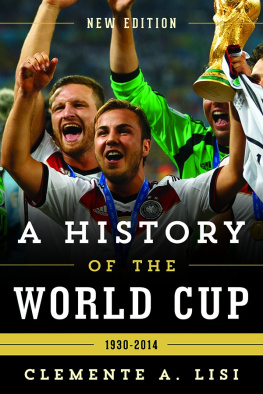
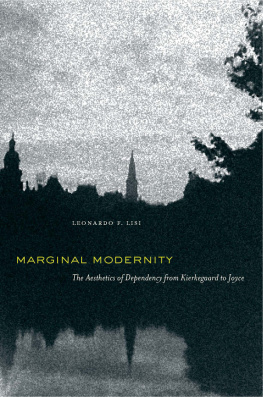
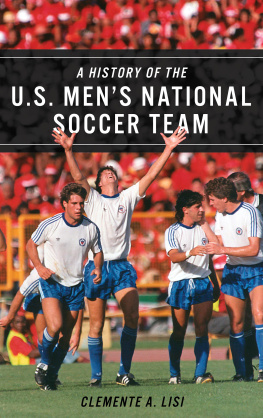

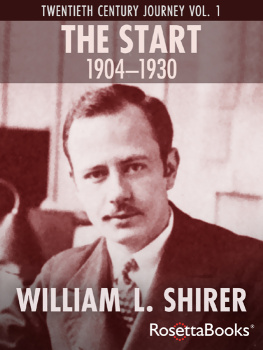
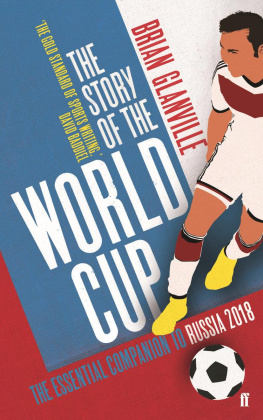
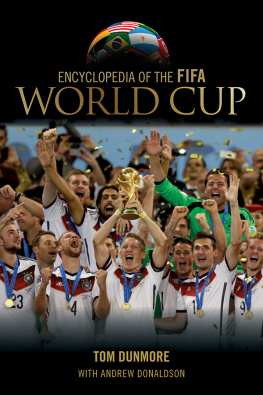

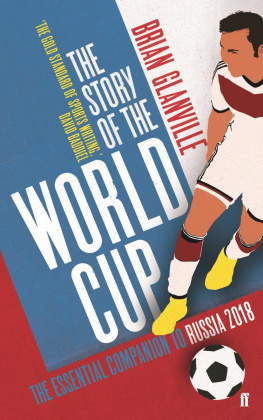
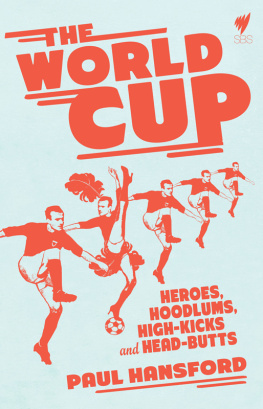


 The paper used in this publication meets the minimum requirements of American National Standard for Information SciencesPermanence of Paper for Printed Library Materials, ANSI/NISO Z39.48-1992.
The paper used in this publication meets the minimum requirements of American National Standard for Information SciencesPermanence of Paper for Printed Library Materials, ANSI/NISO Z39.48-1992.